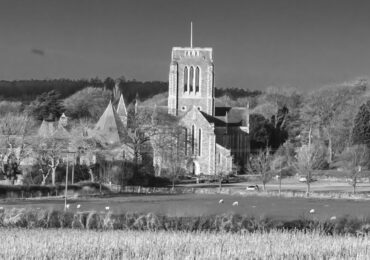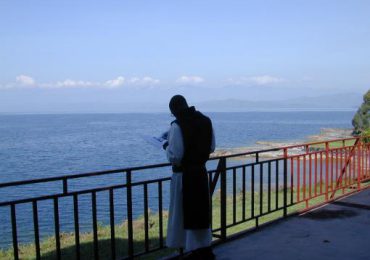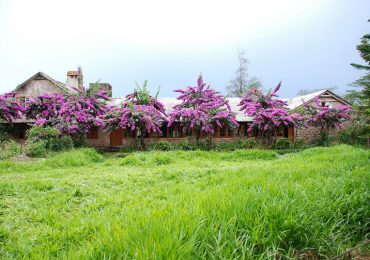Boschi
Location
Official Name Monastero Cistercense “Madonna dell’Unione” di Boschi
N° 93
Country Italy
City Monastero Vasco (CN)
Postcode 12080
Contact Information
Telephone [39] 0174 56 33 88
Community Email [email protected]
Website www.trappistivicoforte.it
Superior Dom Giovanni Gazzera, Superior ad nutum 2022
Other Information
Juridical Status Major Priory
Diocese Dioecesis Montis Vici (Mondovì)
Founded/Restored 1996
Origins
Annex House of Tre Fontane; Incorporated into the Order in 1996 and on 24 Novembre 1996, Solemnity of Christ, King of the Universe, Boschi was erected as a simple priory and on 13 novembre 2011, as a Major Priory.
History
Monastic life on the present site of “Madonna dell’Unione” began on 17 May 1972 with the arrival at Boschi of three monks of Tre Fontane. The latter community had decided on 17 March, after deliberation and vote on the part of the chapter, that three of its members would go to Boschi to begin experimenting with a simplified yet authentic form of monastic life. The report also mentions that the General Chapter had given abbots the faculty to authorize these kinds of experiments, and takes into account a certain pressure from the bishops who were asking the Trappists to guarantee a monastic presence in their dioceses in the Piedmont.
The monastic implantation at Boschi started as an annex house of Tre Fontane, and subsequently became an annex house of Tamié. The General Chapter of 1993 (in Poyo, Spain) entrusted the house to the personal care of Dom Jean-Marc, abbot of Tamiè, who accompanied it up until the General Chapter of 1996 voted on 11 October for the erection of Boschi as a simple priory under the title, “Monastero Madonna dell’Unione”.
Father Immediate
Tamié
Past Superiors
Bernardo BOLDINI, Superior — 17/ 05 /1972– 02/1974
Domenico TURCO, Superior — 02/1974 – 02/ 1977
Bernardo BOLDINI, Superior — 02/1977 – 23/ 11/ 1996
Bernardo BOLDINI, Prieur titulaire — 24/11/1996 – 03/05/2008
Lino COLOSIO, Prieur titulaire — 03/06/2008 – 01/11/2022
Work and Sources of Income
Intensive farming of the lands around the monastery, cutting wood for heating purposes, and beekeeping for the sale of honey at the monastery.
Guest Facilities
Seven rooms and six monastic cells. Also, a small house for the use of families or for groups of a dozen people.





